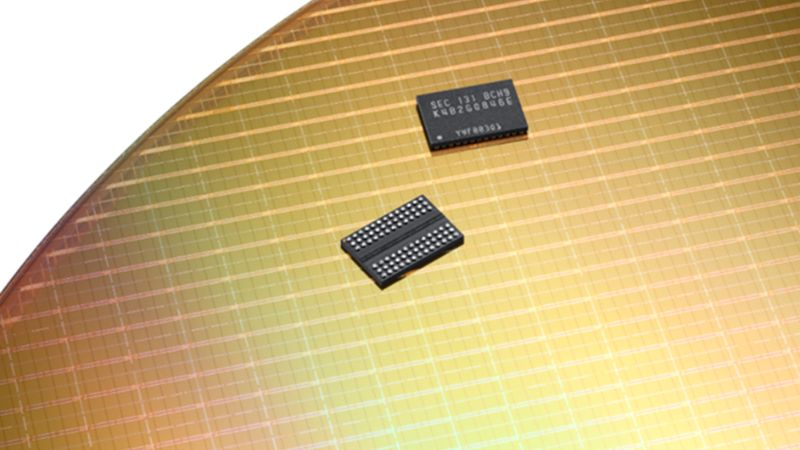The official statistics bodies of South Korea have already summed up the results for September, which showed that for the second month in a row, DRAM prices are not growing as quickly as in previous periods. A similar trend is even more pronounced in the NAND segment. Perhaps this indicates a decrease in demand for memory chips due to the approaching saturation of the market.

Image Source: Samsung Electronics
For South Korea, the export of memory chips is the most important driver of the national economy. The world market leading company Samsung Electronics produces the bulk of its memory in this country. SK hynix, which is inferior to it in the overall structure of the product range, controls more than half of the global HBM market and continues to strengthen its position. This is the most dynamically growing segment of the memory market, which is explained by the boom in artificial intelligence systems, which require appropriate chips. South Korea remains the largest exporter of memory chips.
HBM belongs to the DRAM category; in September, prices for chips of this class increased year-on-year by 55.4%, which is lower than 57.3% in August. Of course, there is no need to talk about falling prices at all, but they are at least starting to grow at a slower pace. In the NAND segment, the August 126.5% increase was replaced by a 117.4% price increase in September. Memory of this type is less in demand in artificial intelligence systems, so demand for it can be fueled mainly in the consumer segment and that part of the server segment, which is focused on high-speed data exchange.